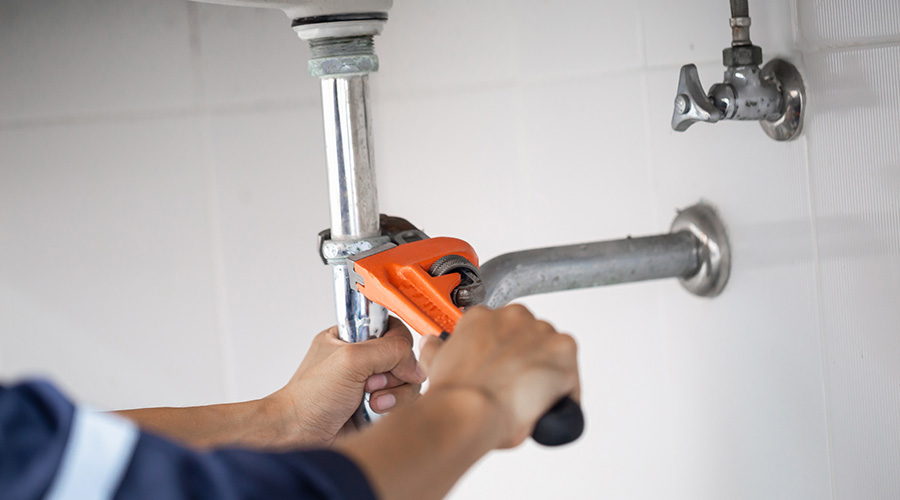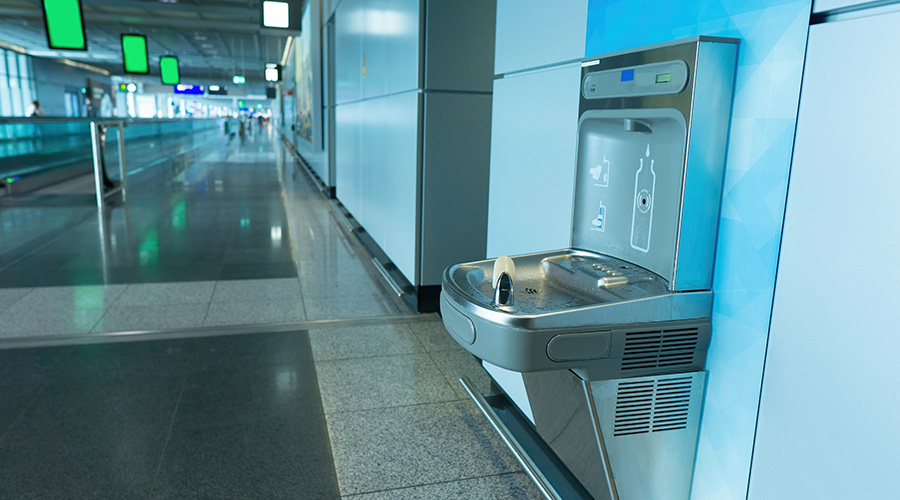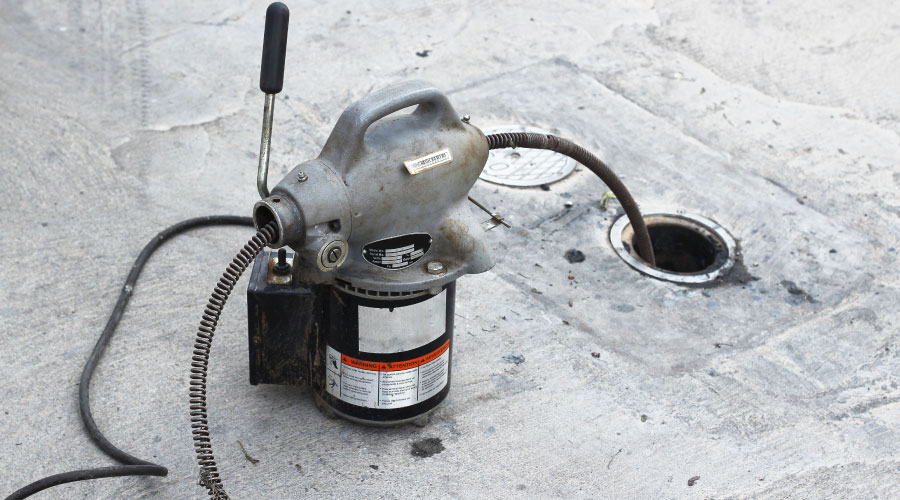Touchless Products Enhance Restroom Comfort, Efficiency
Restrooms rank among the most visited areas in institutional and commercial facilities, and maintenance managers will hear nothing but negative comments if the restrooms do not meet a user's standards.
"It's a room that everyone who comes into that building, either as a temporary patron or an employee, will visit at some point during the workday or certainly during the work week," says Alan Gettelman with Bobrick Washroom Equipment. "It's an area that really can establish positively or negatively the image of that building or business."
Managers spend a great deal of time researching plumbing fixtures and faucets for restroom retrofits. While those products are important, specifying the proper tissue and soap dispensers, hand dryers, toilet seats, and stall partitions are just as essential in determining a project's success related to ensuring user comfort.
Trend Toward Touchless
The general consensus toward restrooms is that the fewer things users have to touch during their visits, the better, something managers must consider when specifying products for a
restroom retrofit.
"The growth of touchless products has gone up significantly," says Cyrus Boatwalla of ASI Group. "We're developing more and more of those products in our product line than ever before, whether it's hand dryers or towel dispensers. Some people want a touchless toilet tissue dispenser."
For many restrooms, especially those inside larger facilities such as sports stadiums, airport terminals, and hospitals, the touchless specification process starts at the entrance. Many facilities are going away from traditional doors — door handles are a primary source of germs — and opting for curved wall entryways, shaped in either an "S" or "U", so users avoid touching doors entirely. The curved entryways also improve traffic flow. More restroom users now take tissue paper along to use when touching the door handle, then dispose of the tissue when they leave the restroom.
"It just gives you one more hygienic component," says Boatwalla. "Think about flu season at a college. If you have more touchless products, how many fewer students will be out with the flu?"
The concept of touchless restroom products emerged with the development of sensing devices for flush valves on toilets and urinals as a way to reduce water use. Manufacturers then started turning their attention to products such as touchless hand dryers and tissue and soap dispensers.
"Automatic hand-towel dispensers are very much standard items within public washroom facilities and even seem expected by most facility occupants and end users," said Mike Motherwell with Solaris Paper.
Managers looking to specify hand-drying products also can consider dryers as another option for touchless products.
"Facility managers feel because they don't have the electricity for the dryer, it's going to be too costly for them to install the hand dryer and bring the electricity to it, and they stay with paper," says Bill Gagnon of Excel Dryer. "They don't think it's affordable. With the cost of a high-speed hand dryer and its installation, you are still looking at less than a one-year payback in almost every situation."
Related Topics:













